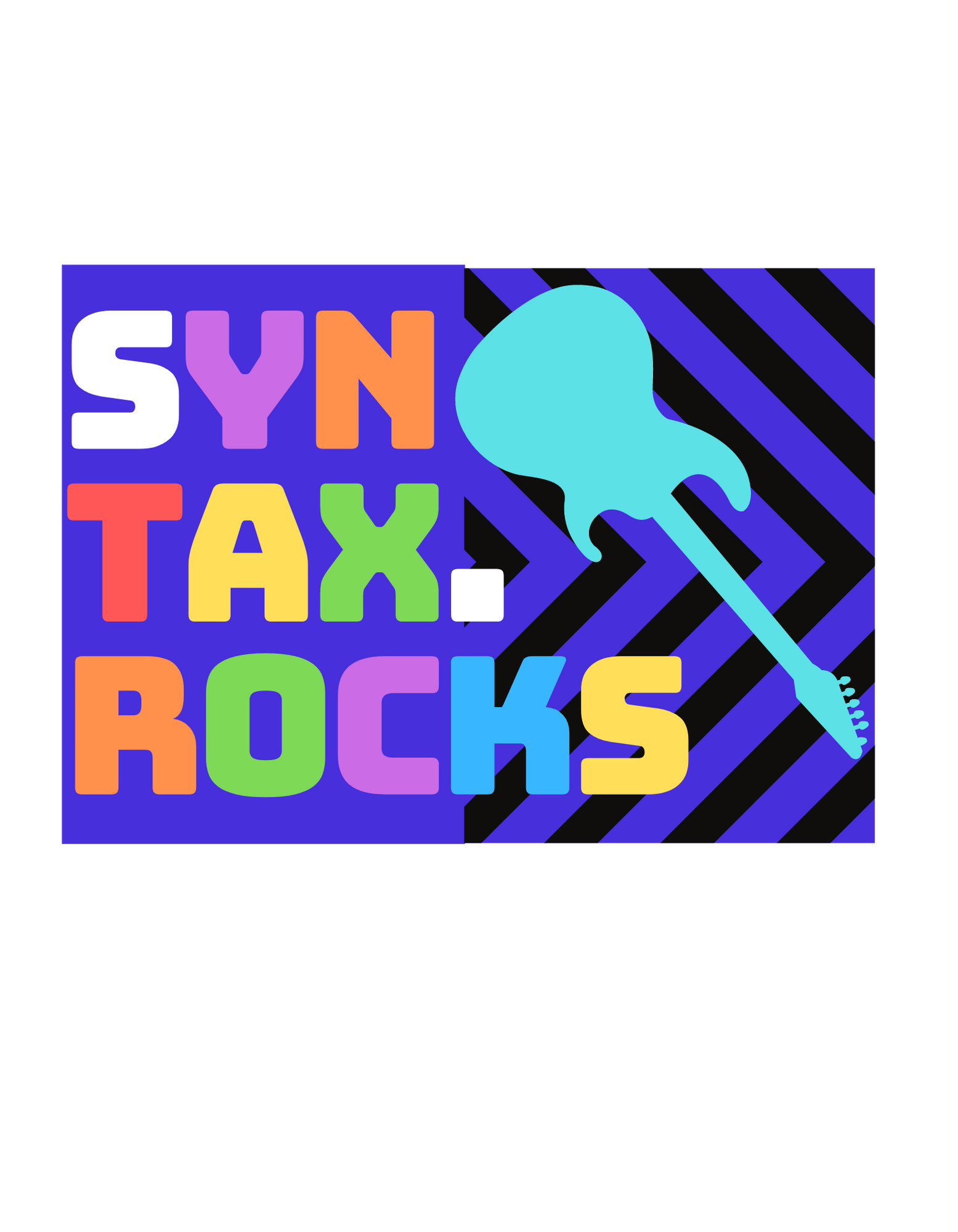React Hooks useContext() example
Published on May 04, 2020
In this tutorial we will be setting up a basic react application with two pages sharing a common context.
1. Setup A Basic React Project
we will be creating a basic react app bootstraped with create-react-app
Let's create a project and implement a basic navigation with react-router-dom
npx create-react-app basic-context
cd basic-context
yarn add react-router-dom
create two files: src/pages/home.js && src/pages/profile.js
So, App.js will be like this
import React from "react";
import { BrowserRouter as Router, Route, Link } from "react-router-dom";
import { Home } from "./pages/home";
import { Profile } from "./pages/profile";
function App() {
return (
<Router>
<div>
<nav>
<ul>
<li>
<Link to="/">Home</Link>
</li>
<li>
<Link to="/profile">Profile</Link>
</li>
</ul>
</nav>
<Route path="/" exact component={Home} />
<Route path="/profile" exact component={Profile} />
</div>
</Router>
);
}
export default App;
src/pages/home.js will be like this:
import React from "react";
export function Home() {
return <h1>Home</h1>;
}
src/pages/profile.js will be like this:
import React from "react";
export function Profile() {
return <h1>Profile</h1>;
}
2. Let's Get Started With useContext() hook
create a new file src/context/user.js
Let's create a basic context component with initial value null. You can add any value to it to represent an initial value.
import { createContext } from "react";
const UserContext = createContext(null);
export { UserContext };
Let's wrap our component to be connected with this context with provider of src/context/user.js
import React, { useState } from "react";
import { BrowserRouter as Router, Route, Link } from "react-router-dom";
import { Home } from "./pages/home";
import { Profile } from "./pages/profile";
import { UserContext } from "./context/user";
function App() {
const [user, setUser] = useState("Not Logged In");
return (
<Router>
<div>
<nav>
<ul>
<li>
<Link to="/">Home</Link>
</li>
<li>
<Link to="/profile">Profile</Link>
</li>
</ul>
</nav>
<UserContext.Provider value={{ user, setUser }}>
<Route path="/" exact component={Home} />
<Route path="/profile" exact component={Profile} />
</UserContext.Provider>
</div>
</Router>
);
}
export default App;
We will be passing user & setUser() from parent component to our child components.
We are importing our UserContext and wrapping our Routes with the provider of UserContext
Let's Update src/pages/home.js to:
import React, { useContext } from "react";
import { UserContext } from "../context/user";
export function Home() {
const { user, setUser } = useContext(UserContext);
return (
<div>
<h1>Home</h1>
<h2>{user}</h2>
<button onClick={() => setUser("Logged In!")}>Login</button>
</div>
);
}
&& Update src/pages/profile.js to:
import React, { useContext } from "react";
import { UserContext } from "../context/user";
export function Profile() {
const { user } = useContext(UserContext);
return (
<div>
<h1>Profile</h1>
<h2>{user}</h2>
</div>
);
}
Start the project and click the Login button in homepage. It should update the user context in src/pages/profile.js too!
If you like it, share it!
 Let's rock the syntax
Let's rock the syntax